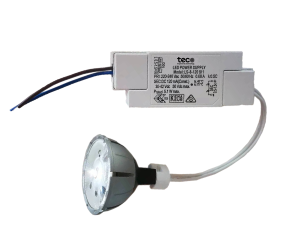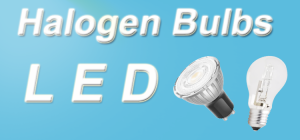The Sustainable Brilliance of LED Lighting: A Path to Energy Efficiency and Environmental Stewardship
LED lighting has emerged as a beacon of innovation in the quest for a greener planet and more sustainable living practices. The benefits of LED lights extend far beyond their luminous efficiency; they represent a significant stride in our collective efforts to conserve energy and protect the environment. This blog delves into the myriad advantages of LED lighting, underscoring its role in energy efficiency and environmental sustainability.
Unveiling the Efficiency of LED Lights
LEDs(Light Emitting Diodes) have revolutionized the way we illuminate our world. Unlike traditional incandescent bulbs, LEDs don’t rely on a filament. Instead, they produce light when an electric current passes through a microchip, which illuminates tiny light sources called LEDs. The result is a powerful and efficient light source that has transformed our approach to lighting.
Energy Consumption: A Comparative Perspective
One of the most compelling attributes of LED lighting is its energy efficiency. LEDs consume up to 80% less power compared to traditional lighting options. This lower power consumption not only enhances energy efficiency but also contributes to the cost-effectiveness of LED lighting. For instance, a comparison of monthly costs across different lighting types reveals that LEDs are the most economical choice, offering substantial savings on electricity bills
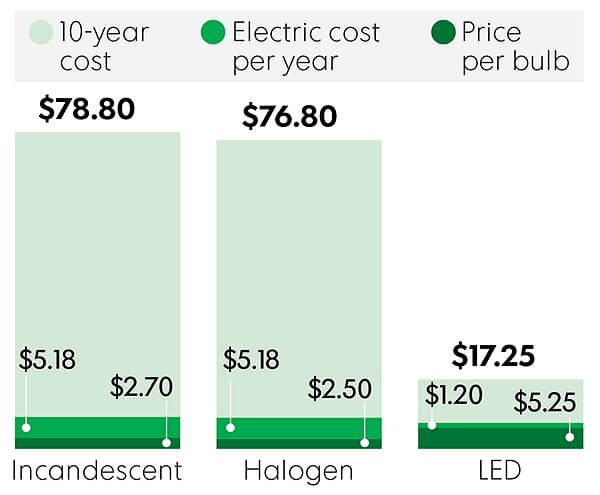
Durability and Longevity: The Long-Term Benefits
LEDs are not only energy-efficient but also remarkably durable. With an average lifespan that is 50 times longer than incandescent bulbs, LEDs significantly reduce the frequency of replacements. This longevity translates into cost savings and reduced waste, as fewer bulbs end up in landfills over time.
The Environmental Impact of LED Lighting
The environmental benefits of LED lighting are as bright as the light they emit. By consuming less power, LEDs contribute to a reduction in greenhouse gas emissions from power plants, thereby mitigating climate change. Moreover, LEDs help in reducing light pollution due to their directional lighting capabilities, which means less wasted light and a smaller ecological footprint.
Recycling and Waste Reduction: Closing the Loop
There are approximately 95% of LED bulbs’ components that can be recycled, making them an environmentally friendly option. LEDs are designed with the future in mind. In order to ensure that valuable resources such as rare earth metals are not mined anew, the recycling process involves separating and extracting materials carefully.
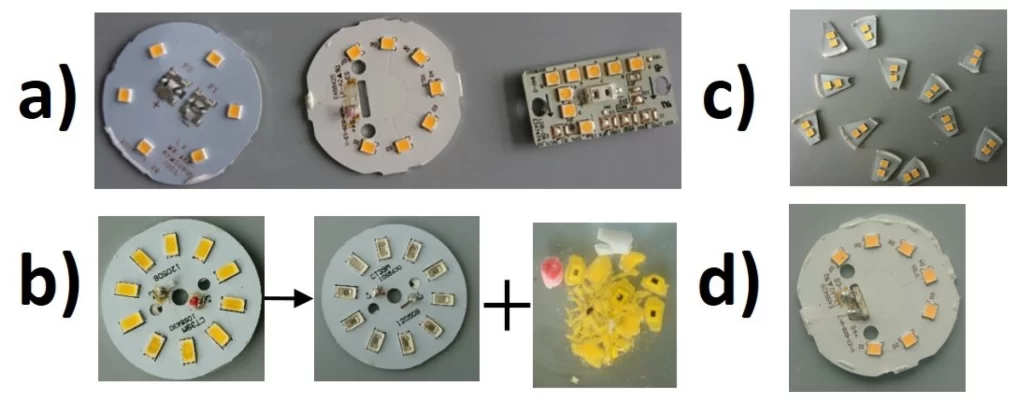
The Absence of Hazardous Materials
Unlike their fluorescent counterparts, LEDs do not contain mercury, a toxic substance that poses environmental and health risks when disposed of improperly. The absence of hazardous materials in LEDs simplifies the recycling process and eliminates the potential for environmental contamination.
The Economic and Environmental Case for LEDs
The economic benefits of LEDs are inextricably linked to their environmental advantages. By reducing energy consumption, LEDs offer a positive return on investment, with savings that can be realized over the long term. Additionally, the reduced need for frequent replacements means less manufacturing demand and a decrease in the associated environmental impacts of production.
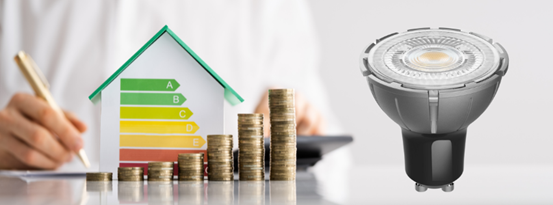
The Role of LEDs in Sustainable Development
LED lighting is a key player in the global movement towards sustainable development. By providing a durable and sustainable lighting solution, LEDs support the goals of reducing energy consumption, minimizing waste, and promoting the use of recyclable materials.
Embracing LED Technology: A Sustainable and Cost-Effective Future!
The transition to LED lighting is not just a technological upgrade; it is a commitment to a more sustainable and cost-effective future! LED lighting is a practical and impactful solution to the challenges of climate change and resource depletion.
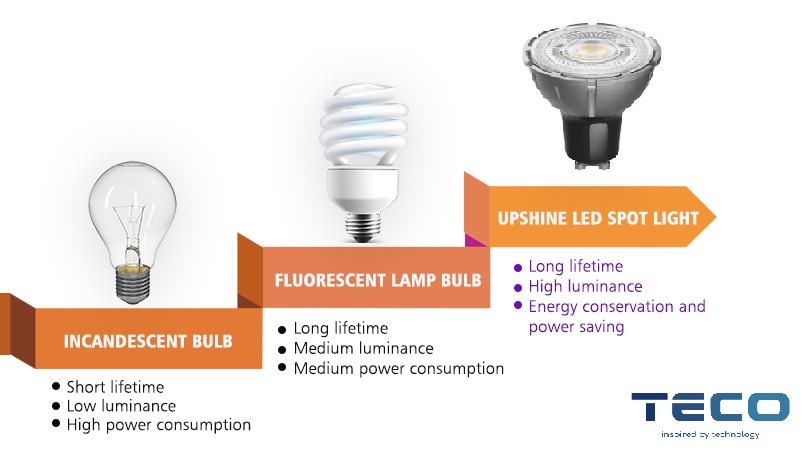
The Path Forward: Innovation and Responsibility
The LED industry is continuously innovating, with advancements in recycling technologies and the development of even more energy-efficient products. As consumers and businesses alike embrace LED technology, we collectively move towards a future where environmental responsibility and economic prudence go hand in hand.
Conclusion: Illuminating the Way to Sustainability
LED lighting is more than just a technological marvel; it is a testament to human ingenuity and our capacity to create solutions that serve both our needs and the planet’s well-being. By adopting LED lighting, we take a significant step towards energy efficiency, environmental sustainability, and a brighter future for all. In conclusion, the benefits of LED lights for energy efficiency and environmental sustainability are clear and compelling. From their remarkable energy savings to their recyclable nature, LEDs are a shining example of how innovation can lead to a more sustainable world. As we continue to seek ways to reduce our environmental impact, LED lighting offers a path forward that is both bright and sustainable.
